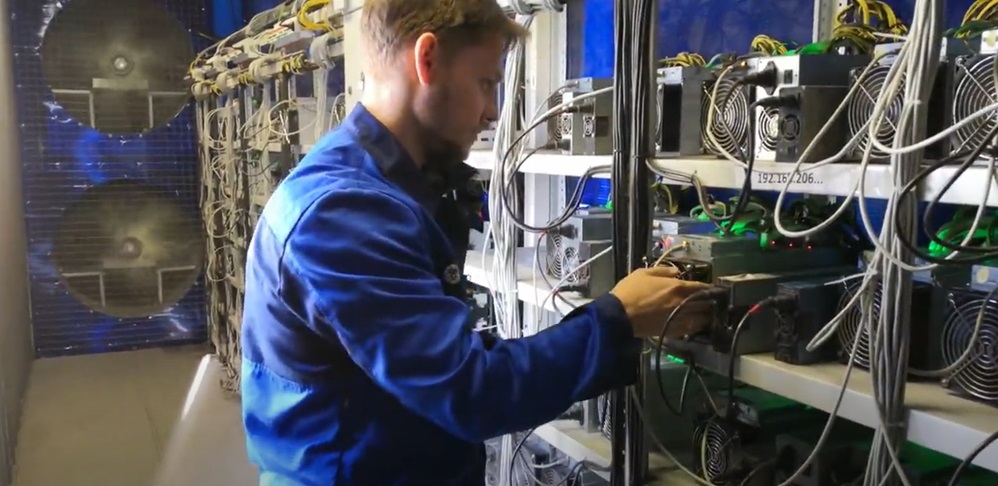Matriculate, a national nonprofit, is using a novel strategy involving virtual, “near-peer” advising … [+]
getty
How to help more students from low-income backgrounds attend and succeed in college remains a major challenge faced by policy makers, higher education officials and hundreds of thousands of families. It’s a stubborn problem resulting in many highly qualified students never even applying to colleges where they are likely to have been very successful.
Now, a national nonprofit is using a novel strategy involving virtual, “near-peer” advising, and preliminary evidence suggests that it may be highly successful. The organization is Matriculate, formed in 2014 as one of the organizations originally affiliated with College Point, a coalition of partners supported by Bloomberg Philanthropies that was designed to increase the number of high-achieving students from low-income families who attend highly regarded colleges.
Here’s how Matriculate works. First, high-achieving high school students in low-income communities (high school fellows) are identified through a variety of channels, including word of mouth, referrals by high school counselors and nominations by various peer organizations.
The current eligibility criteria for the students’ acceptance into the program include: a 3.5 high-school GPA; a rigorous courseload; and family income below $80,000 per year. In its last class, about 75% of those served by Matriculate were first-generation college students, and 85% were students of color.
After they complete their applications and are enrolled in the program, the high school students are matched with trained undergraduate student advisors (advising fellows) attending several of the country’s top colleges and universities including Johns Hopkins, Notre Dame, Princeton, Yale, Northwestern, Columbia, Stanford, Middlebury College, Smith College, Emory University, Williams College, Indiana University, UCLA, University of Texas at Austin, University of Pennsylvania, University of California (Berkeley), University of Wisconsin, and Hunter College.
Many of the advising fellows share a socioeconomic background with the high school students with whom they work. This year, nearly 100 advisors are former Matriculate high school students, almost 40% of the advisors are first-generation college students, and nearly 75% are students of color.
The advising fellows are provided about 40 hours of training and professional development over the course of their work, which prepares them to offer virtual, personalized advising, coaching and mentoring to the high school fellows throughout the college application, financial aid, and enrollment process. Each advising fellow is matched with as many as four high school students a year, with whom they have zoom, phone call, text message, and email contact over a period that can stretch as long as 18 months.
The program is free for the high school students. Matriculate receives its funding primarily through gifts from private donors, foundations, and contributions from partnering universities.
According to Craig Robinson, the new President and CEO of Matriculate, the college placement goal for the high school fellows is “the best match college, where they have the best chance of graduating and thriving.” There is no requirement that the students enroll at the college where their advising fellows attend.
Recent research has found support for the strategy. According to an experimental trial in which high school students interested in attending college were randomly assigned either to receive Matriculate advising or to a control group without such advising, there was a 24% increase in students who received the advising attending the nation’s most competitive colleges (defined as a Barron’s 1 institution).
To date, Matriculate has provided free, virtual college advising to more than 14,000 high school students across the country, and it’s trained more than 3,000 undergraduates to serve as the advisors.
For the class of 2024, about 3,700 high school students will receive the advising, a tenfold increase over the 350 students served when Matriculate began. Nationwide, Matriculate leaders estimate that its current target market may be as large as 35,000 students annually.
By 2030, the organization aims to serve 10,000 students per year, according to Robinson, who prior to joining Matriculate last year, was the CEO of College Possible as well as chief program officer at the College Advising Corps and vice president of programs at A Better Chance. For nearly a decade, he was the national director of KIPP Through College (now KIPP Forward).
“What has always excited me about Matriculate’s approach is the way it brings together rigorous research with a deeply empathetic understanding of the kinds of support and guidance that best equip students to thrive,” said Robinson. “It’s been a privilege to meet and learn from the Matriculate team over the past year, and I’m humbled and grateful for the opportunity to help them — and our community of fellows and advisors around the country — continue to build upon a model that has already shown so much promise.”
The apparent success of Matriculate is ripe for replication. Its model could be adopted and perhaps revised by other colleges and universities that focus on local or regional communities. It’s particularly well-suited as a supplemental resource for urban high schools and small, rural schools that often lack the resources necessary to staff high school counseling offices.
And it’s also a model that’s timely, as we await a Supreme Court decision that most observers anticipate will ban race-conscious admission policies currently in use at many universities.
How to maintain higher education as a pathway to upward economic mobility for minority students could become more difficult if the Supreme Court rules against race-conscious admissions. More programs like Matriculate could offer an alternative path for enabling students of all backgrounds to enroll and succeed at the nation’s best colleges and universities.
Credit: Source link











